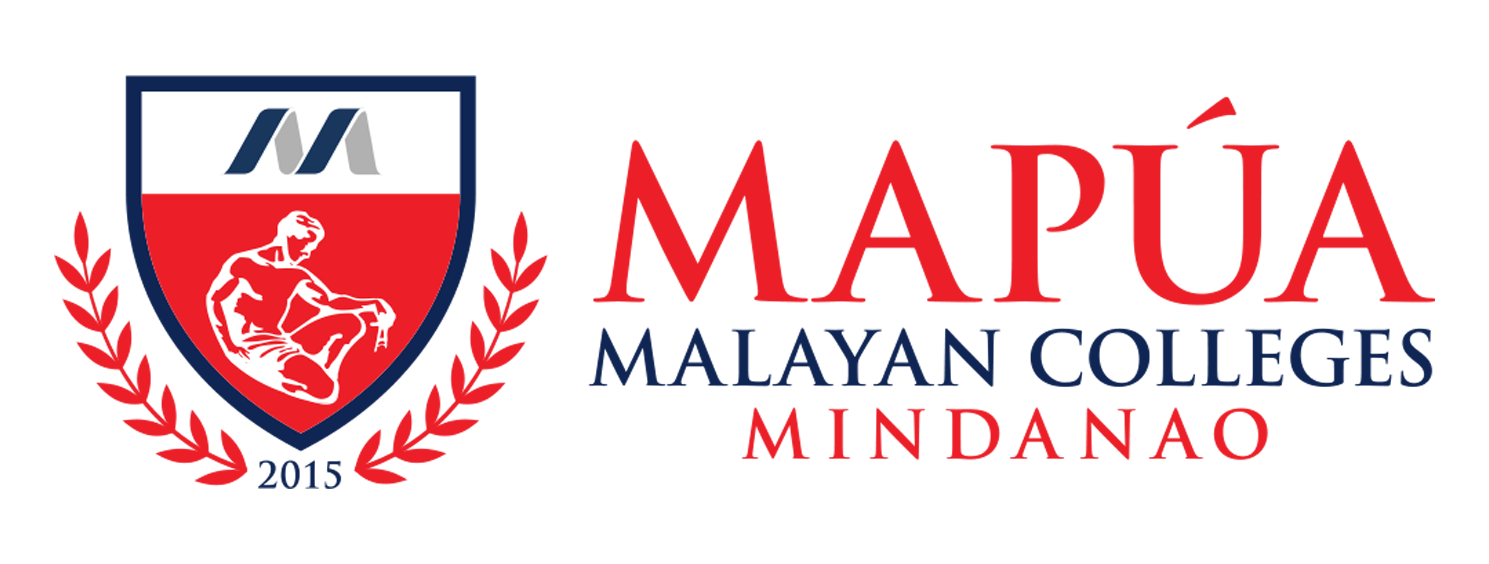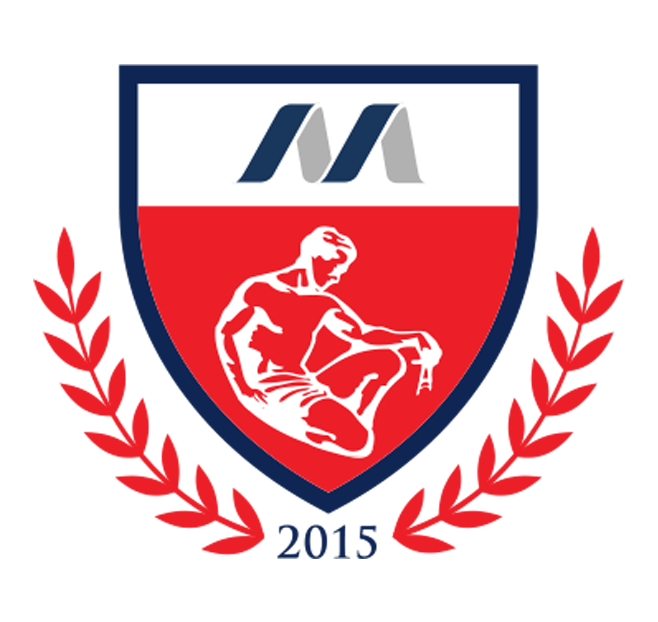Study techniques can make or break your academic journey. While some students struggle with endless hours of cramming, others breeze through their studies with smart strategies. The right methods not only boost understanding but also save time and reduce stress. In this post, we’ll explore effective study techniques that can transform your learning experience. From active recall to spaced repetition, these tips will help you grasp complex concepts and retain information longer. Say goodbye to ineffective habits and hello to a more productive study routine. Let’s dive in!
Understand Effective Study Techniques
Learning Styles
Different learners benefit from various study techniques. Visual learners may prefer diagrams and charts. Auditory learners often find discussions or lectures helpful. Kinesthetic learners, on the other hand, thrive through hands-on activities. Understanding one’s learning style can lead to better study sessions.
Spaced Repetition
Spaced repetition is a powerful method for effective studying. This technique involves reviewing material over increasing intervals. Research shows it enhances long-term retention. It allows the brain to process information more deeply. Many students report improved recall using this method.
Active Recall
Active recall is another effective study technique. It requires retrieving information from memory without prompts. This practice strengthens neural connections. Studies indicate that students who use active recall perform better in assessments. Incorporating flashcards or quizzes can facilitate this approach.
Goal Setting
Setting specific goals can significantly enhance focus and retention. Clear objectives help direct attention during study sessions. For example, aiming to complete a chapter or solve ten problems creates accountability. Breaking tasks into smaller parts makes them manageable.
Study Breaks
Incorporating study breaks is essential for maintaining productivity. Short breaks improve concentration and prevent burnout. The Pomodoro Technique suggests studying for 25 minutes followed by a 5-minute break. This routine helps refresh the mind.
Allocate Time Wisely
Study Schedule
Creating a study schedule is essential. Balance subjects and topics effectively. Allocate time for each subject based on its complexity. For instance, if math is challenging, assign it more minutes in your schedule. This approach prevents overwhelming yourself with difficult topics.
Prioritize Tasks
Prioritizing tasks helps manage workload. Focus on deadlines first. Tackle assignments due soonest. Next, consider the difficulty level. Harder tasks may require more effort and time. By addressing these first, you reduce stress and avoid procrastination.
Time Management Tools
Utilize time management tools to enhance organization. Timers can help break study sessions into manageable intervals. The Pomodoro Technique is effective; study for 25 minutes, then take a 5-minute break. Planners also assist in tracking assignments and deadlines. Write down tasks daily to visualize what needs attention.
Effective time management leads to better productivity. Plenty of students find that managing their time wisely reduces anxiety during exam periods. They feel more prepared when they know what to expect.
Incorporating these techniques creates a structured learning environment. It fosters discipline and encourages consistency in studying habits.
Create a Study-Friendly Space
Clutter-Free Area
Designate a clutter-free area dedicated solely to studying. This space should be free from distractions. A clean environment allows for better focus. Remove unnecessary items from your study area. Keep only essential materials within reach.
Adequate Lighting
Ensure adequate lighting in your study space. Poor lighting can lead to eye strain and fatigue. Natural light is ideal, but if that’s not possible, use bright, adjustable lamps. Position your desk near a window when possible. This setup promotes alertness and improves concentration.
Comfortable Seating
Comfortable seating plays a crucial role in effective studying. Choose a chair that supports your back and encourages good posture. Sitting for long periods can be uncomfortable. Invest in cushions or ergonomic furniture if needed. A comfortable seat helps maintain focus during study sessions.
Minimize Distractions
Minimize distractions by turning off notifications on devices. Keep your phone out of reach while studying. Social media and messages can interrupt your flow of thought. Inform friends or family about your study schedule to reduce interruptions. Create boundaries to enhance productivity.
Use Visual Aids
Diagrams and Charts
Diagrams and charts can simplify complex information. They provide a visual representation of data and concepts. Students often find it easier to recall information presented this way. For example, a flowchart can illustrate processes effectively. It helps the brain process everything more efficiently.
Color Coding
Color coding enhances memory retention. By assigning different colors to various topics, students can easily differentiate between them. This technique makes studying more engaging. Highlighting notes with colors aids in quick reference and recall during exams.
Mind Maps
Mind maps visually organize thoughts and concepts. They allow students to connect ideas in a structured manner. Creating a mind map involves writing the main topic in the center and branching out related subtopics. This method engages both the left and right sides of the brain. It encourages creativity while reinforcing learning.
Tips for Effective Use
- Incorporate various types of visual aids: Use diagrams, charts, and infographics.
- Be consistent with color coding: Stick to a specific color scheme for clarity.
- Review regularly: Revisit your visual aids to reinforce learning.
Visual aids are powerful tools for studying. They reduce distractions by focusing attention on key points. Utilizing these techniques can transform study sessions into effective learning experiences.
Practice with Past Papers
Gather Past Papers
Collecting previous exam papers is crucial. These papers help you understand the format of questions. Familiarity with the structure can ease exam day stress. Many schools provide access to past exams online or through libraries. Utilize these resources to build your confidence.
Simulate Exam Conditions
Simulating real exam conditions improves time management. Set a timer and complete practice finals as if they were actual tests. This approach reduces anxiety on the day of the exam. It trains your mind to work under pressure. Practicing in a quiet environment also mimics the exam setting.
Review Answers Critically
After completing practice quizzes, review your answers critically. Identify which questions you struggled with or answered incorrectly. This reflection highlights areas needing improvement. Adjust your study techniques based on these insights. Focus on textbooks that cover weak topics thoroughly.
Create a Study Schedule
Developing a study schedule is essential for effective preparation. Allocate specific days for each subject and include time for practice exams. Balance your schedule with breaks to avoid burnout. Regularly revisiting material ensures better retention and understanding.
Engage in Group Discussions
Study Groups
Forming study groups can enhance your learning experience. Collaborating with others allows for sharing insights and clarifying doubts. Working together helps to deepen understanding of complex topics. Each member brings unique perspectives, enriching discussions.
Assigned Roles
Assigning roles within the group is essential. This strategy ensures everyone contributes effectively. For instance, one person can lead discussions while another takes notes. Others can focus on specific topics or prepare questions. This structure keeps the group organized and engaged.
Diverse Perspectives
Encouraging diverse viewpoints is crucial. Different backgrounds and experiences can lead to richer conversations. Exposure to various ideas promotes critical thinking. It also challenges assumptions about the material being studied. Engaging in discussions with friends or classmates can reveal new angles on familiar subjects.
Focused Revision
Group discussions offer a platform for focused revision. Members can quiz each other, share answers, and tackle difficult concepts together. This collaboration can boost retention of information. Moreover, discussing the material helps identify gaps in understanding that need further attention.
Embrace Active Learning
Hands-On Activities
Participating in hands-on activities can significantly boost comprehension. Engaging with materials creates a more tangible learning experience. For instance, science experiments allow students to see theories in action. This method caters to various energy levels and keeps learners motivated.
Peer Teaching
Teaching concepts to peers is another effective technique. Explaining topics reinforces your understanding. It helps identify gaps in knowledge. When you teach someone else, you clarify your thoughts. This process enhances retention and builds confidence.
Questioning Techniques
Asking questions fosters deeper engagement with the material. Curiosity drives exploration and understanding. It’s essential to seek answers actively. This approach encourages critical thinking skills. Students who ask questions often find more connections within the subject matter.
Active learning strategies are not just about absorbing information. They require participation and interaction. These methods support diverse learning styles and needs. By embracing these techniques, students create a more dynamic educational environment.
Incorporating active learning into study routines can lead to better outcomes. It transforms passive studying into an engaging experience. Students should prioritize these techniques for maximum effectiveness.
Manage Breaks and Nutrition
Regular Breaks
Implement the Pomodoro Technique to manage study time effectively. This method involves studying for 25 minutes, followed by a 5-minute break. After four cycles, take a longer break of 15 to 30 minutes. These regular breaks help maintain focus and prevent burnout.
Foods
Choose healthy snacks and meals that support brain function. Foods rich in omega-3 fatty acids, such as salmon or walnuts, boost memory and cognitive performance. Incorporate fruits like blueberries for their high antioxidant content. Whole grains can provide sustained energy, making them ideal for study sessions.
Hydration
Stay hydrated throughout your study time. Water plays a crucial role in maintaining energy levels and enhancing cognitive performance. Aim for at least eight glasses of water daily. If plain water feels dull, try adding lemon or cucumber for flavor. Avoid excessive caffeine as it can lead to crashes in energy.
Prepare for Exam Day
Gather Materials
Gathering all necessary materials is essential for a smooth exam day. Collect items like pens, ID, and calculators the night before. This preparation prevents last-minute scrambles. Ensure everything is in one place to save time on exam morning.
Plan Your Route
Planning your route to the exam location can alleviate stress. Check traffic conditions and consider alternative routes. Arriving early allows you to relax before the test begins. This extra time can help you mentally prepare for exam time.
Practice Relaxation Techniques
Practicing relaxation techniques is crucial for managing anxiety. Deep breathing exercises can calm nerves before entering the exam room. Visualization can also boost confidence. Picture yourself successfully completing the upcoming exam. These techniques help create a positive mindset.
Review Study Plans
Reviewing your study plans ensures you are prepared for final exams. Go over key concepts and formulas one last time. Focus on areas where you feel less confident. This review can reinforce knowledge and improve recall during the test.
Maintain Healthy Habits
Maintaining healthy habits leading up to exam days is important. Get plenty of sleep and eat nutritious meals. Avoid heavy foods that may cause sluggishness. Staying hydrated also keeps your mind sharp.
Closing Thoughts
Mastering study techniques is like sharpening your tools before a big project. You’ve learned how to allocate time, create the perfect study space, and engage in active learning. These strategies are your secret weapons to ace those exams. You’ve got this!
Now it’s time to put these tips into action. Experiment with what works best for you and adapt as needed. Don’t just read about these techniques—make them part of your routine. Dive into group discussions, use visual aids, and practice those past papers. Your success hinges on your commitment. So, roll up your sleeves and get started!
At Mapua Malayan Colleges Mindanao, we’re here to support your academic journey. If you have questions or need guidance, don’t hesitate to Contact Us. Let’s work together to unlock your full potential!


